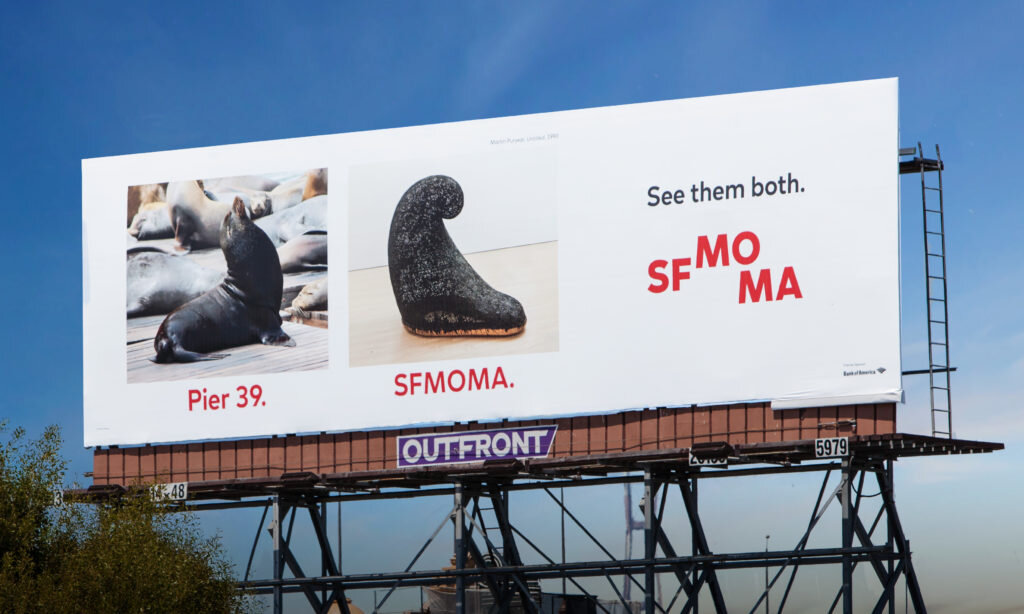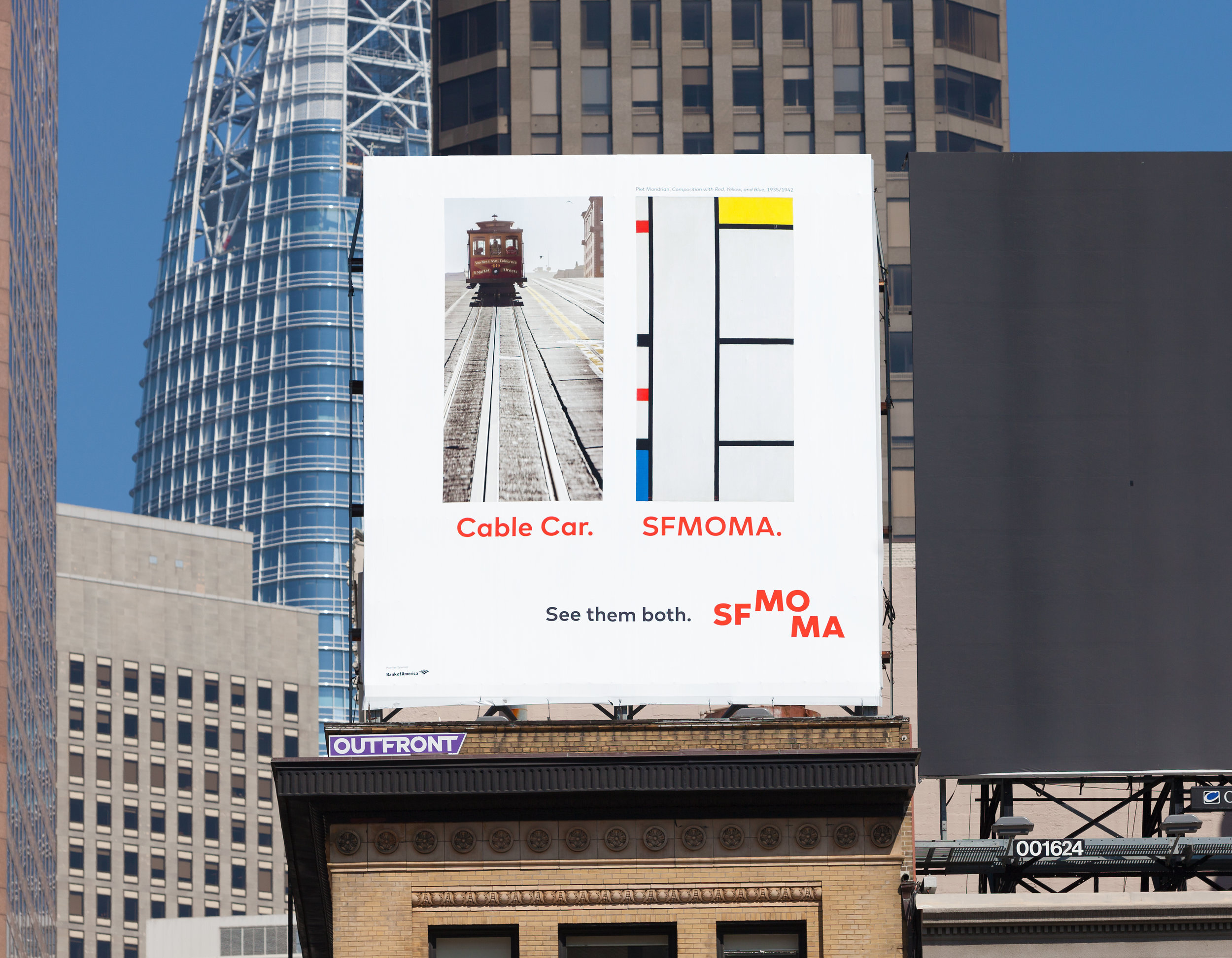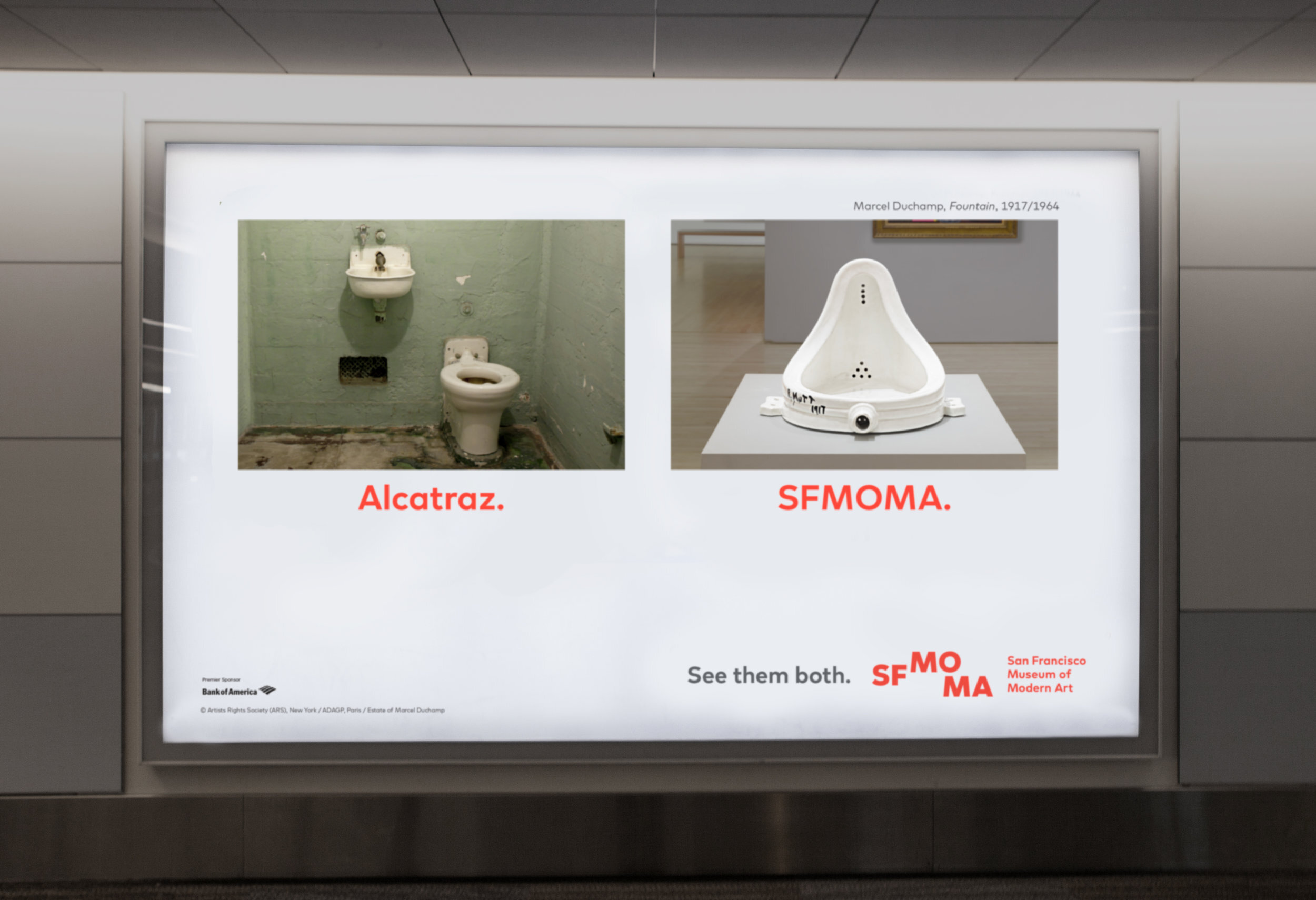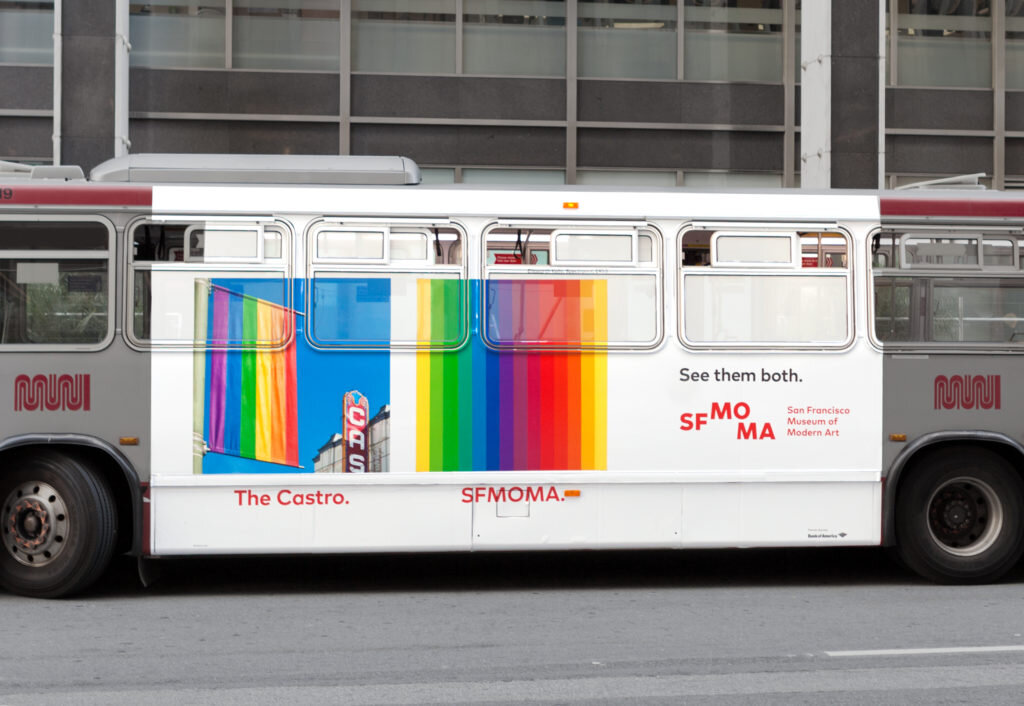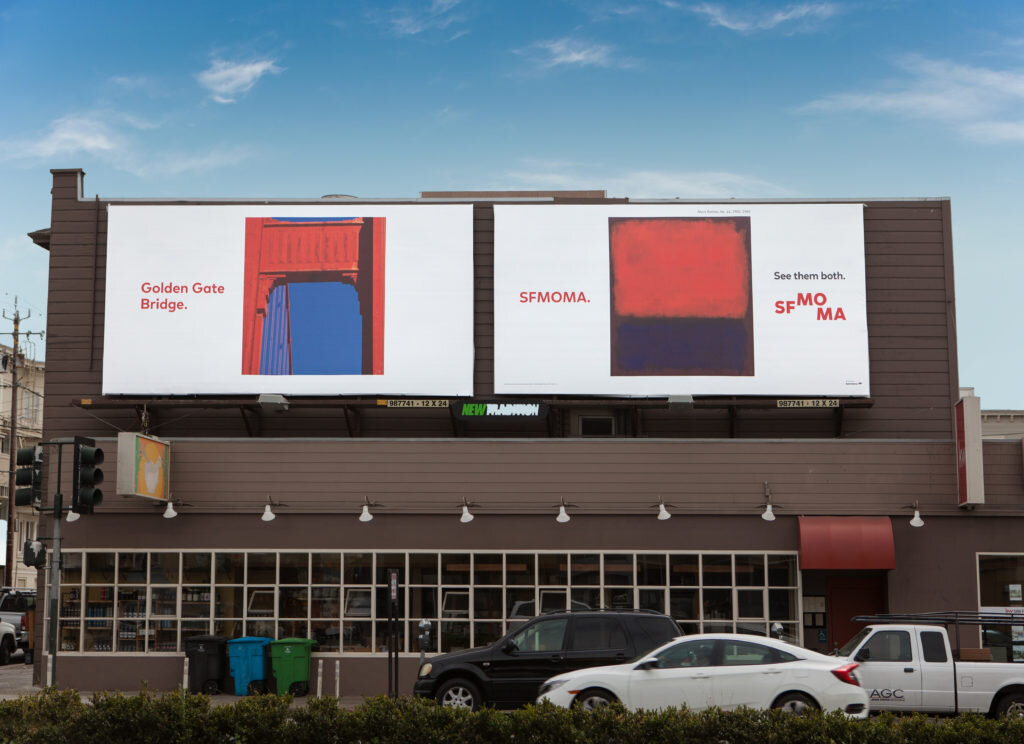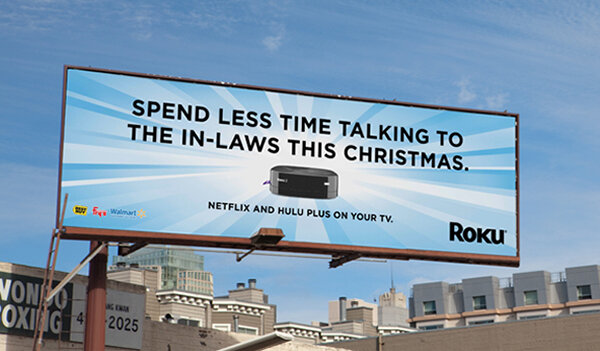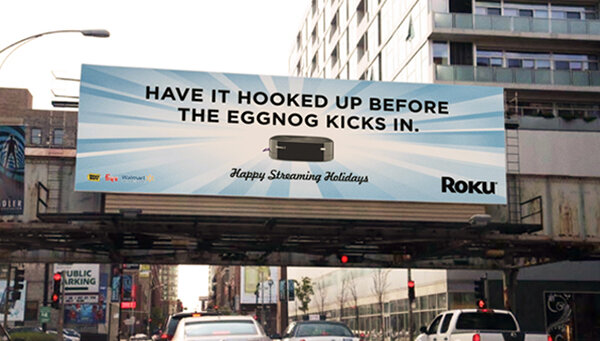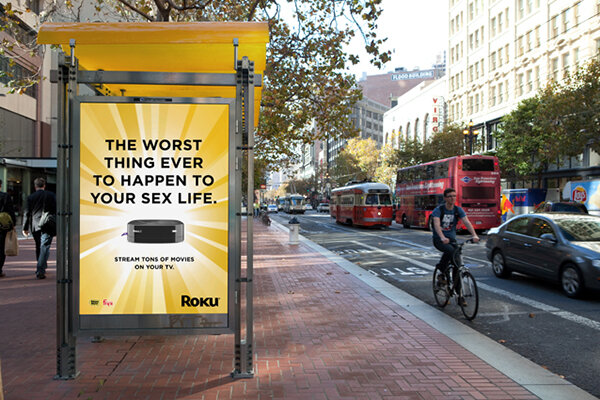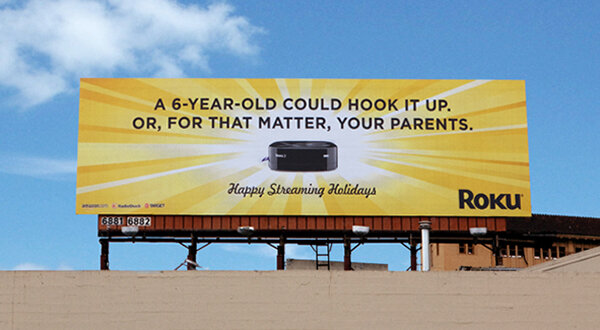Quick shout out to OOH Today for featuring Division of Labor as the Agency of the Day. We always welcome positive press. And it’s an especially gratifying way to begin the new year. As we mentioned in our last blog post, we have high hopes for 2021, as a company, but also for the ad community, our country, and the world at large. So cheers to 2021 and starting off the year right. And, special thanks to reporter, Will Farmer for taking the time to write this piece.
One of several billboards in an OOH ad campaign for Lively HSA.
by Will Farmer
OOH Today
Media and Communications Manager
Division of Labor is an independent, San Francisco advertising agency. They develop strategies and creative campaigns to promote brands and sell products across all media platforms, including out of home.
Josh Denberg, founder and chief creative officer at Division of Labor Advertising.
Josh Denberg is the chief creative director and founder of Division of Labor. On top of his work with Division of Labor, Denberg also directs commercials and wrote a book titled “Stop Tweeting Boring Shit.” Additionally, he changes lightbulbs when they go out in the office. He’s a pretty good guy.
We had the chance to talk to Denberg. Here’s what he had to say about his company:
Interview with Josh Denberg, Founder and Creative Director at Division of Labor
Will Farmer: Could you tell us about Division of Labor. How long have you been in business? Staffing? Size? Specialties? Billing? Regional Offices?
Josh Denberg: Division of Labor started in 2010 with projects from Microsoft and Nike and has worked with clients like Dropbox, Roku, Ford Motor Company, Live Nation TBS and the San Jose Sharks. We are between 6 and 10 people in the office before COVID but have project workers and freelancers around the world.
WF: What would you like brands and the OOH Industry to know about your shop?
JD: Our philosophy is, “Drop a bomb in the room and then throw in the leaflets.” Meaning, get attention with something big and emotional first and then follow up with rational benefits. We believe outdoor is the perfect medium for a digital age because it gets attention and gets people to Google. Digital and social can support from there.
WF: Do you work with clients directly and/or through agencies? What is the percentage breakdown?
JD: As an ad agency, we work directly with clients and outdoor is often part of the integrated campaigns we create and produce.
WF: Any comments or suggestions for OOH reps in approaching or working with your company?
JD: Being able to see the locations both on a map and from a consumer perspective is most helpful.
advertisement for Wrapify
WF: What is your most memorable new business pitch?
JD: Our latest pitch win for Keen Shoes was most memorable because at 10 pm the night before the pitch, someone hit a button on the shared digital presentation and all the slides started disappearing!!! After some panic and %$#@ing, we found the digital restoration in our Time Machine, and life came back to normal.
WF: What differentiates your business from others?
JD: We focus on great creative and results. Both are required in every project.
WF: How do you obtain new business?
JD: Clients often find us just by searching “Best Creative Agency San Francisco.” Our past work and reputation are what we rely on.
WF: Can you discuss some recent OOH campaigns?
JD: We’ve been creating award-winning and effective outdoor campaigns for over 20 years. We can turn around ideas in just a few days. Have a look at some of the outdoor we’ve done over the years:
For the San Francisco Museum of Modern Art, we created a simple, visual campaign that matched famous San Francisco tourist attractions with famous works of art from the museum.
This Roku outdoor campaign went up in six major cities. Bold design and getting people to laugh were the keys to a 30% holiday sales boost in every city that had a campaign.
This holiday ad campaign was a game changer for Roku and digital streaming as a way to view TV.
Sticking your logo on a billboard is not enough to stand out these days. Today’s outdoor can also be a digital video. And taking advantage of great media placement with compelling creative is often the difference between success and failure.
Website
http://www.DivisionofLabor.com
Industry
Marketing & Advertising
Company size
2-10 employees
Headquarters
Sausalito, CA
Type
Privately Held
Phone
415-944-8185
Email
Info@divisionoflabor.com
#######
The Small Agency Blog is produced by Division of Labor; a top San Francisco ad agency and digital marketing firm that’s been named Small Agency of the Year twice by Ad Age. The award-winning creative shop services clients on a retainer or project basis. They also offer brand consulting services and hourly engagements for startups and smaller brands. Click here for a free consultation.











